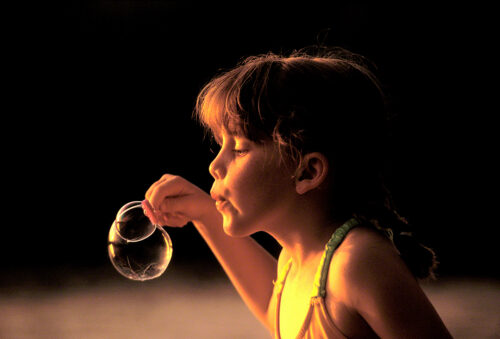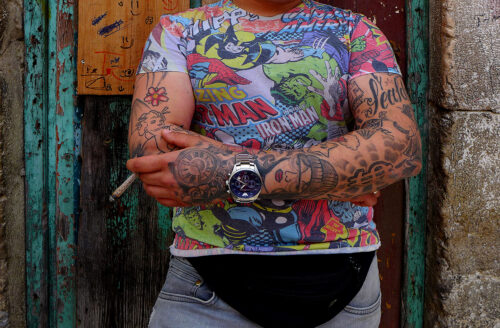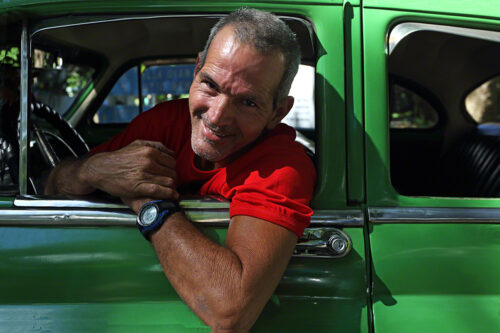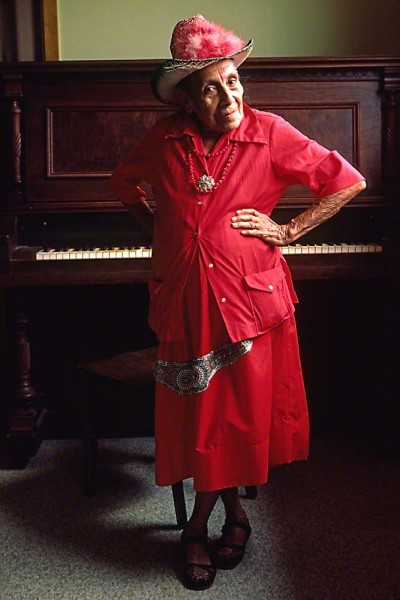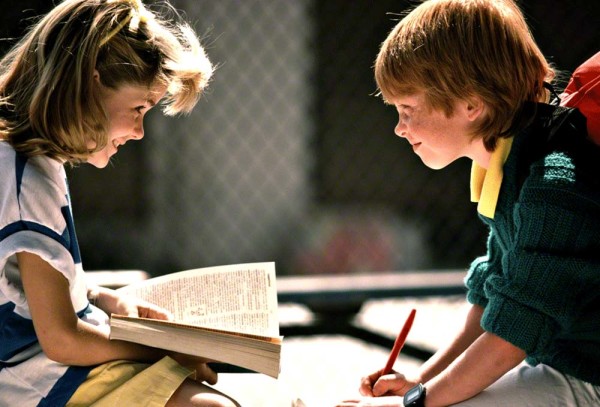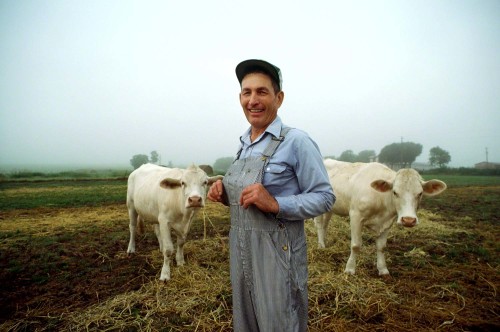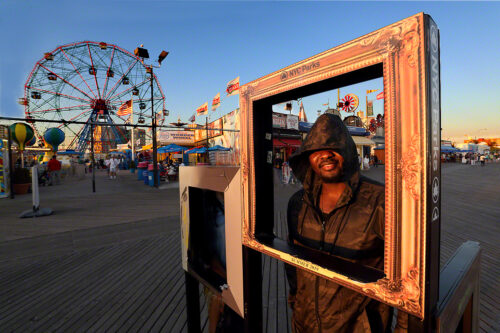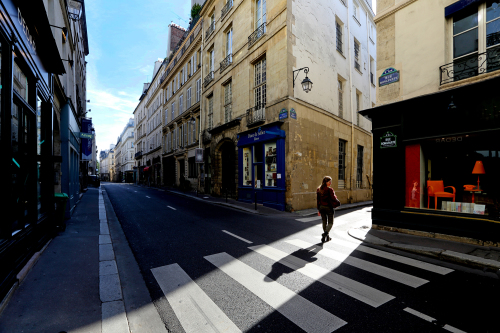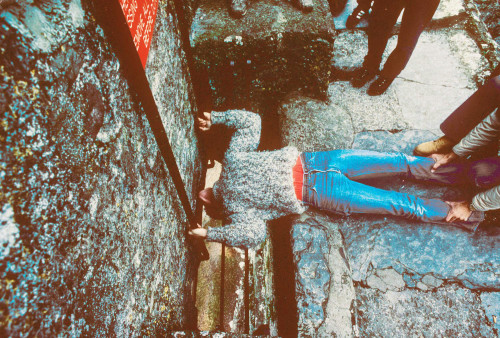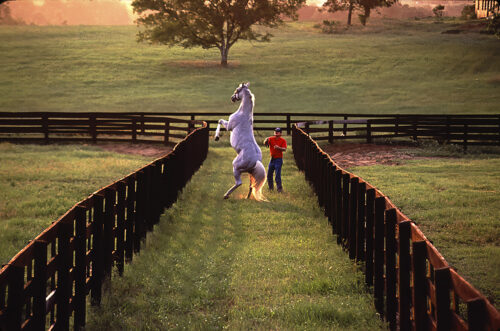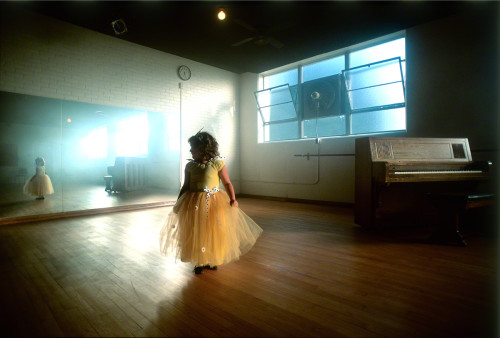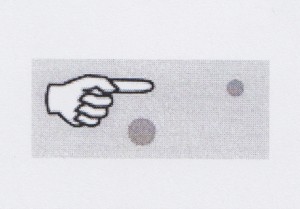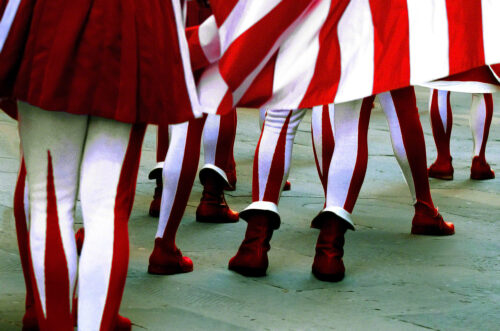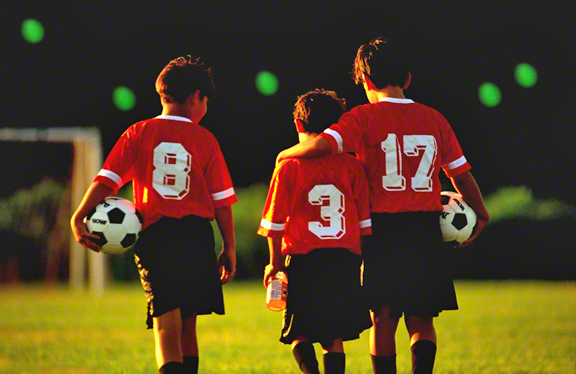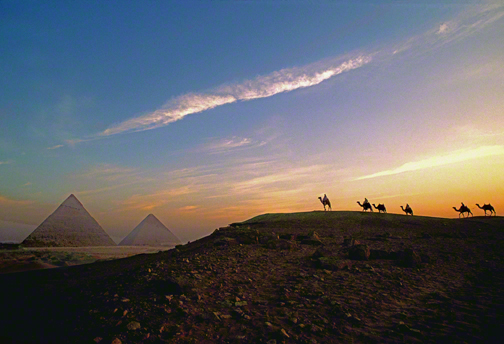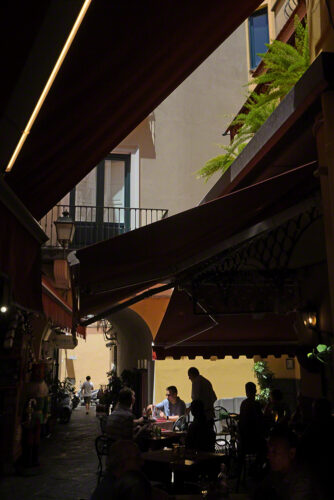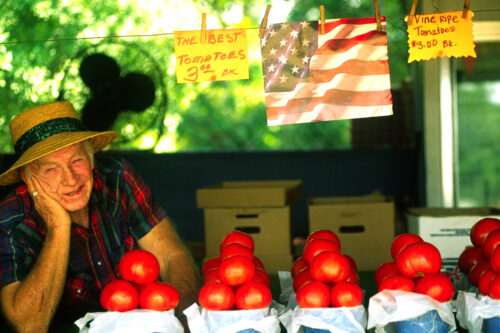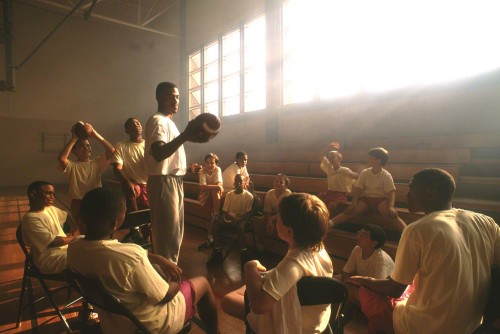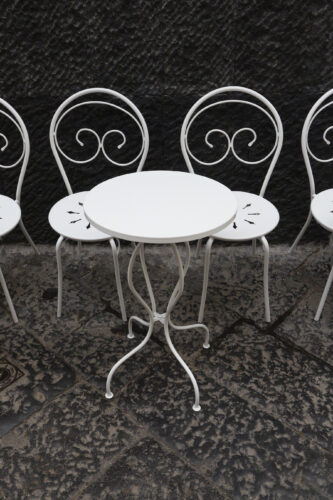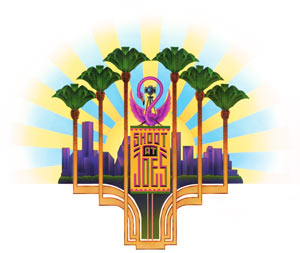In my online classes with the BPSOP, I give out assignments each Friday. These are specific ideas that I want each of my students to look for (with the right side of their brain) and shoot.
These assignments have been scripted as far as what I’ve been teaching for the past forty plus years. That’s not to say that they have complete freedom to shoot whatever they want as long as the theme of the photos follows my lesson for the week. In other words, they have a plan to follow.
What I hope these lessons will do is to help them to see instead of look at subject matter, so that when they’re out on their own they will recognize certain elements that will help to create memorable images that will stand the test of time.
You might also have a particular place to go with a particular subject to photograph. For example, the new interior of the United Terminal in Houston, or the newly opened botanical gardens in your city.
In the workshops I conduct all over the world, we will spend time just walking around a medieval street in Europe, or walking over a famous bridge…like the Brooklyn Bridge for example.
These are unscripted ‘photo walks’ where you’re not looking for anything special, just whatever you see. I love these because I never know what I’m going to see and, I have no plan.
Whether it’s scripted or un-scripted, remember that you’re an artist that has chosen a camera as the medium instead of a paintbrush. A camera on a tripod is just like a blank canvas on an easel.
Visit my website at www.joebaraban.com, and follow me on instagram. check out my next 2023 workshop at the top of this blog. It will be “Autumn in France” and will be October 2nd 2023. Come shoot with me sometime.
JoeB
